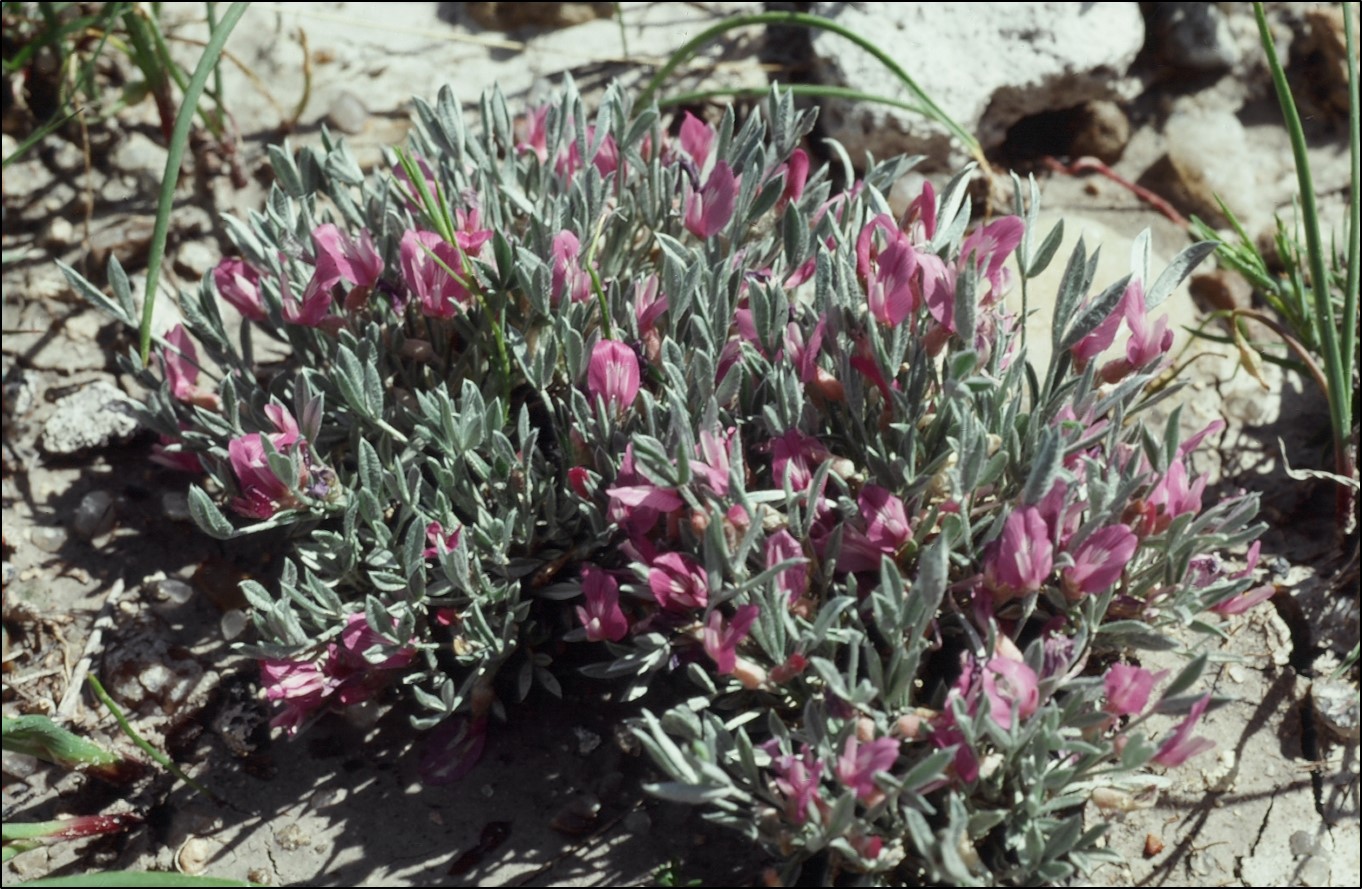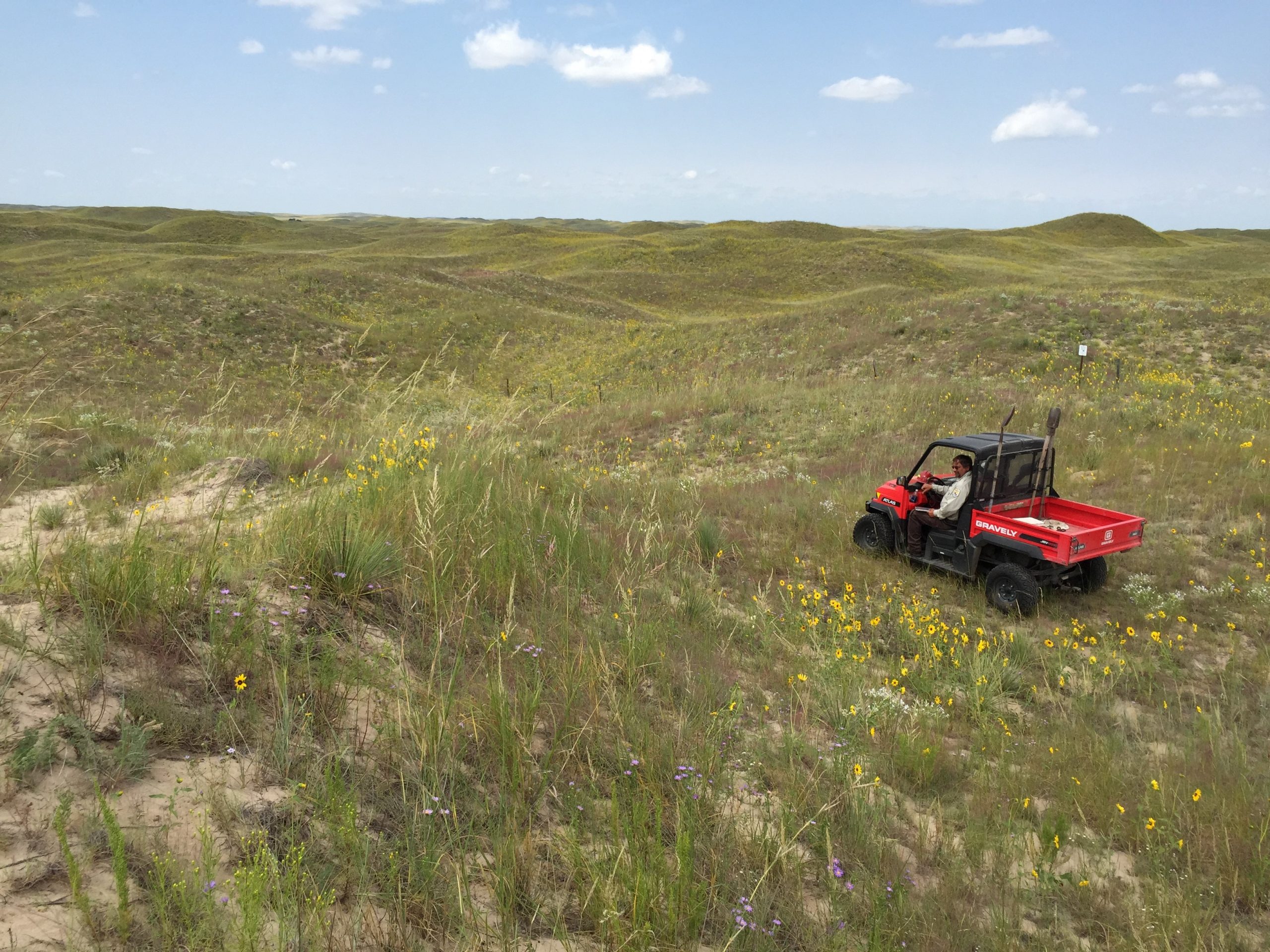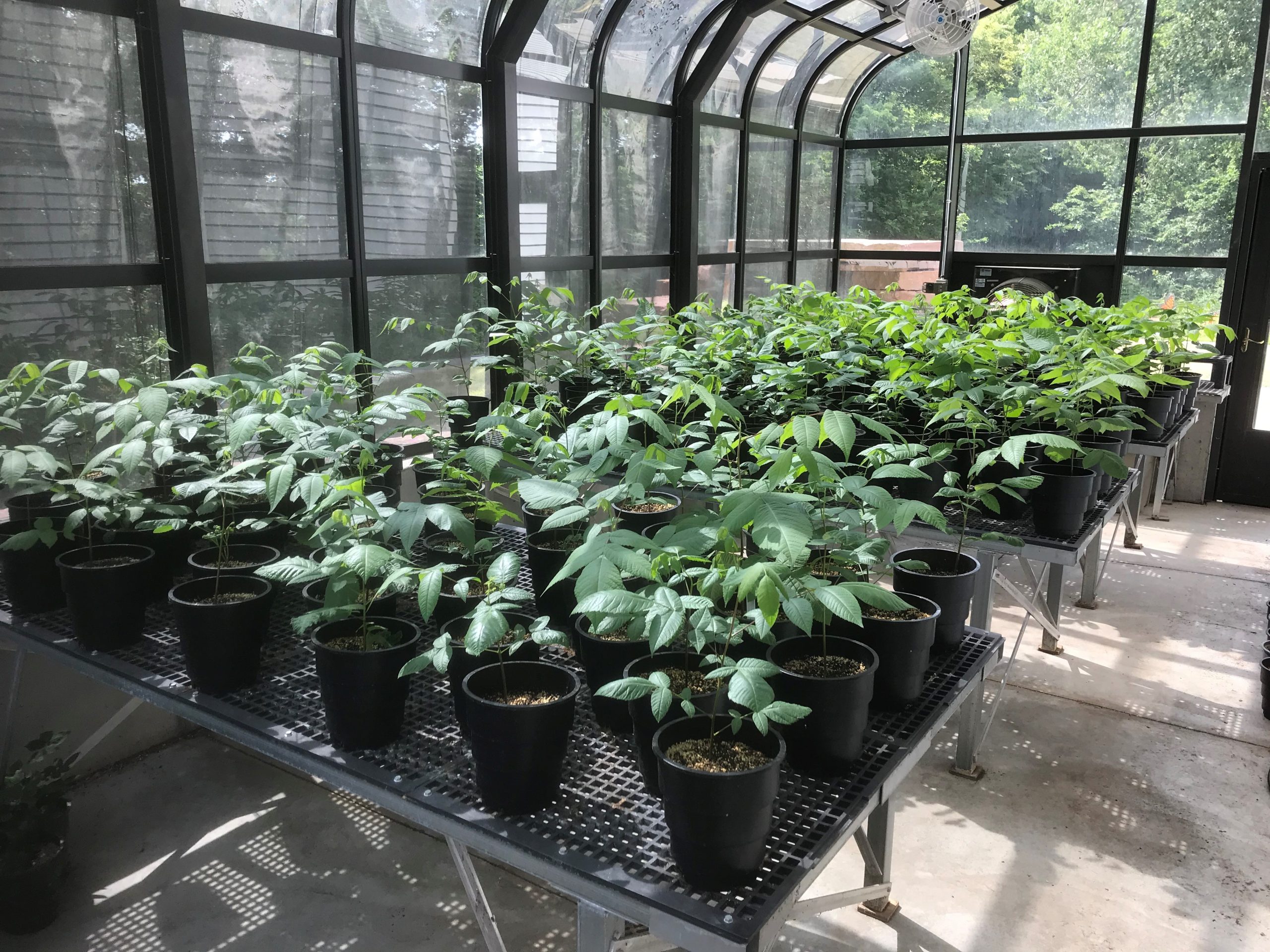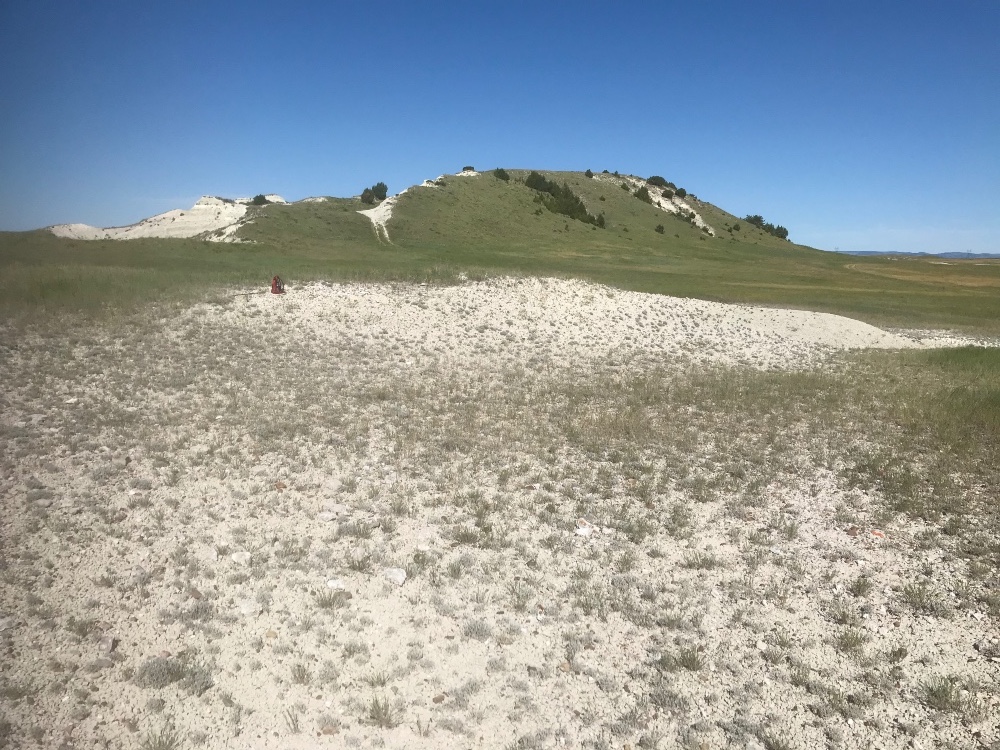Jim Locklear
February’s Conservation Champion, Jim Locklear, is a long-time collaborator of the Center for Plant Conservation. As Director Conservation at Lauritzen Gardens–which, as the only botanical garden situated along the entire length of the Missouri River, has focused its conservation efforts on the Central Grassland of North America–Jim is dedicated to the preservation of imperiled grasslands habitats and plant species. We are thankful for Jim’s work to conserve and advance our knowledge of these rare grasslands species, helping us Save Plants from extinction.
When did you first fall in love with plants?
I was fortunate to have had the kind of “free-range” childhood described by Richard Louv in Last Child in the Woods. I spent a lot of time as a kid exploring the woodlands, pastures, and creeks near my home on the south side of Kansas City. I have always been drawn to the natural world, but those boyhood rambles sparked a special love and passion for plantlife.

What was your career path to Lauritzen Gardens?
After graduating from the University of Central Missouri with a degree in Biology, I ended up working at a nursery in Kansas City. While I’d had botany classes in college, it was at Rosehill Gardens that I got schooled in horticulture, especially the unique joy of propagating plants from seed. I’ve now had the privilege of working at the Dyck Arboretum of the Plains (Hesston, Kansas), the Nebraska Statewide Arboretum, and Lauritzen Gardens (Omaha, Nebraska) – wonderful institutions where I’ve been able to pursue both botany and horticulture!
In your experience, what are some of the pressing conservation needs impacting the rare and native plants of the Midwest and Central Grassland of the United States?
Many of the imperiled plants of the Central Grassland are associated with naturally disturbed habitat, which makes on-the-ground management a challenge. An example is blowout penstemon (Penstemon haydenii), a critically-imperiled species native to the Nebraska Sandhills and an area of dune fields in central Wyoming. This beautiful wildflower is associated with areas of open sand called blowouts. It plays a unique role in revegetating this fragile and transitory habitat, but a narrow specialization makes it vulnerable to extinction. Managing sandhills grassland for the conservation of blowout penstemon means allowing – or even creating – areas of disturbance where this species can persist. We have collected seed from several populations of blowout penstemon, some of which we have provided for restoration projects on ranches in the Nebraska Sandhills.
Much of your work is focused on grasslands habitats and species – what related conservation initiatives are you currently working on at Lauritzen Gardens?
Lauritzen Gardens is the lead institution for the Great Plains Bur Oak Project, which aims to safeguard the valuable drought tolerance of western bur oaks (Quercus macrocarpa) by collecting seed from stands in the central Great Plains. Living collections will be established from these seeds at a network of collaborating gardens and arboreta. We are also part of a coalition of gardens, led by the Minnesota Landscape Arboretum, that is working to conserve the imperiled butternut tree (Juglans cinerea). This relative of black walnut is disappearing throughout much of its range in the eastern U.S. due to a blight disease.
While much of our work with imperiled plants happens in places quite distant from Omaha, we are also committed to conserving and enhancing the biological diversity supported by our 100-acre property, with the aim of practicing the best possible ecological stewardship. To date, we have documented 161 birds, 62 butterfly species, and over 50 species of bees at the garden – which is remarkable, since we are located just minutes from downtown Omaha.


What successes or challenges have you encountered in your work?
The plant conservation program of Lauritzen Gardens is fairly young, having been launched “from scratch” in 2010. We’ve worked hard to build credibility and relationships with on-the-ground conservation practitioners in our region. Success is evident in collaborations with our partners, including the Nebraska Natural Legacy Program, the National Park Service, the U.S. Forest Service, and The Nature Conservancy. Being a CPC participating institution (since 2012) has also connected us to a tremendous network of gardens across the country working on behalf of imperiled plants.
What has surprised you about working with and learning more about rare plants?
Rare plants are typically associated with rare places – either unique, specialized habitats or precious remnants of ecological systems that were once more widespread. Conducting conservation assessments of these plants and collecting seed for seed banking purposes has given me the privilege of seeing many fascinating and beautiful places in person.
What advice would you give to those who wish to learn more about how they can help save imperiled plant species?
Imperiled plants often occur in places that are distant, remote, and perhaps not even accessible to the general public. My recommendation is to get acquainted with the CPC participating institution in your particular region. Most of the gardens and arboreta associated with CPC have outstanding educational programs related to their regional flora and have living displays of native species that may include plants of conservation concern.
-

Establishing a conservation seed bank for the endangered blowout penstemon (Penstemon haydenii) requires work in remote areas of the Nebraska Sandhills. Photo by Jim Locklear, Garden County, Nebraska. -

Lauritzen Gardens is helping conserve the imperiled butternut (Juglans cinerea) by distributing trees grown from seed collected from a healthy stand in eastern Nebraska. Photo by Jim Locklear. -

Lauritzen Gardens has established a conservation seed bank for Barr’s milkvetch (Astragalus barrii) from populations that include a stand on the U.S. Forest Service Buffalo Gap National Grassland in South Dakota (photos by J. Locklear).